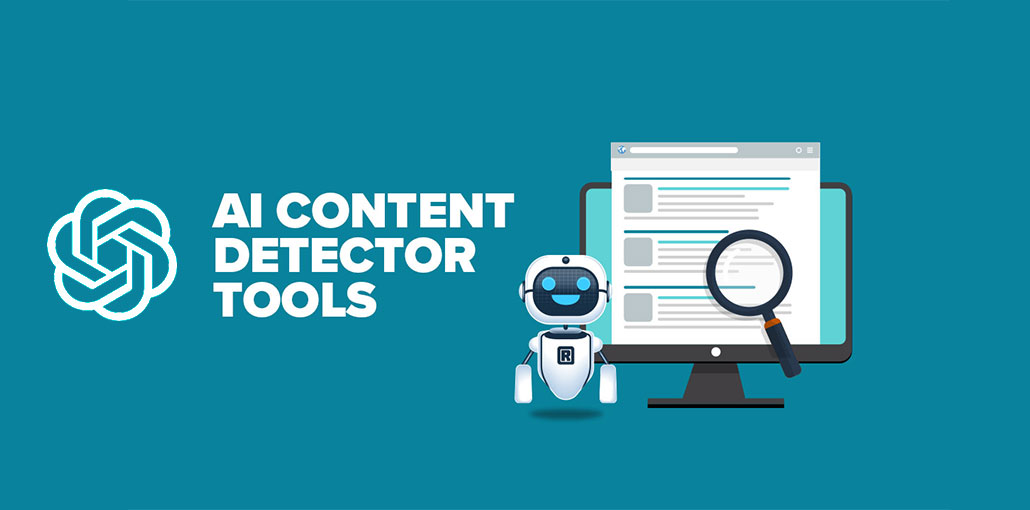In this rapidly evolving digital landscape, one invention that has truly redefined the concept of communication is the rise of OpenAI’s text generation model, GPT-3, often referred to as ChatGPT. As one of the largest Artificial Intelligence (AI) models, it has been leveraged not only for crafting human-like text, but also for enhancing user interaction across multiple digital platforms. This comprehensive guide aims to delve deeper into the world of ChatGPT, providing an in-depth exploration of its features and how it generates text.
Understanding ChatGPT
ChatGPT is a variant of the GPT (Generative Pre-training Transformer), which was developed by OpenAI. It is based on machine learning techniques, more specifically the transformer architecture, which has demonstrated unprecedented performance on several natural language processing tasks. In contrast with rule-based AI systems, ChatGPT learns from data and can generate long pieces of text that appear similar to what a human might write. Furthermore, its ability to detect ChatGPT content aids in ensuring higher accuracy and more efficient responses.
The Mechanism Behind ChatGPT Generation Capability
A fundamental understanding of how ChatGPT text generation works can reveal its ingenious mechanism. It follows a two-step process – pre-training and fine-tuning. At the pre-training stage, the model is exposed to a large dataset collected from the internet and learns to predict the next word in a sentence. During fine-tuning, it is trained on specialized datasets curated by human trainers who follow OpenAI’s guidelines.
A Deeper Dive into Pre-training
In the pre-training phase of ChatGPT, AI models learn to predict what word likely comes next in a sentence. It involves training on billions of sentences, and this extensive process enables the model to correlate and understand complex colloquialisms of the English language, recognize contexts, and grasp an array of facts about the world.
Understanding the Fine-tuning Process
Fine-tuning is the second phase following pre-training. Here, human review is involved to refine the model’s responses further. Human input provides the model with user-friendly prompts bridging the gap between raw AI output and user-requested content. Consequently, this step makes ChatGPT safer and more useful.
How Does ChatGPT Understand Context?
Primarily, ChatGPT understands context by paying attention to recent input details. It means that it generates responses to current prompts based on the conversation history stored in its current session, rather than referencing any previous conversations.
The ChatGPT Capacity for Creativity
While ChatGPT may not have creativity equivalent to a human, its impressive text generation capability allows it to produce creative content such as poetry, stories or even jokes. It does this by simulating patterns and structures from the large volume of data it was trained on.
Navigating Limitations of ChatGPT
Despite its enhanced capabilities, ChatGPT also has several limitations. For instance, it might generate text that is plausible-sounding but factually incorrect or nonsensical. Also, its output can sometimes be overly verbose or contradictory, and it has a propensity to guess user intent rather than asking clarifying questions when faced with ambiguous queries.
Ensuring Safe Use of ChatGPT
To ensure safe use of ChatGPT, OpenAI has implemented several measures. These safeguards include careful fine-tuning processes and human-in-the-loop moderation systems. Moreover, OpenAI is developing updateable models that allow users to customize system behavior, and enhancing transparency with clearer justifications of its actions.
Exploring Use-cases of ChatGPT
ChatGPT offers multiple use-cases. It can be used for drafting & editing content, learning new topics, brainstorming ideas, programming help and more. It also serves as an engaging conversational companion, making it a powerful tool for improving user experiences across digital platforms.
The Future of ChatGPT
ChatGPT is the cutting edge of AI in text generation and conversation. With ongoing developments, it will continue to become more effective, nuanced, safer and beneficial. It could even facilitate human-machine interaction to such an extent that it becomes an integral part of daily life.
Societal Implications of ChatGPT
While ChatGPT has several positive implications like assistance in learning and content generation, it also raises concerns around data privacy, misinformation spread and potential misuse. It becomes paramount for developers and regulators alike to ensure safe and ethical use of this technology.
Wrapping Up
Taking everything into account, ChatGPT revolutionizes how we perceive AI in text generation. By understanding how it works, its advantages and limitations, you can understand how this amazing tool can transform digital communication. Remember though, as powerful as this tool is, using it responsibly is crucial for achieving the best results without compromising ethical lines.






